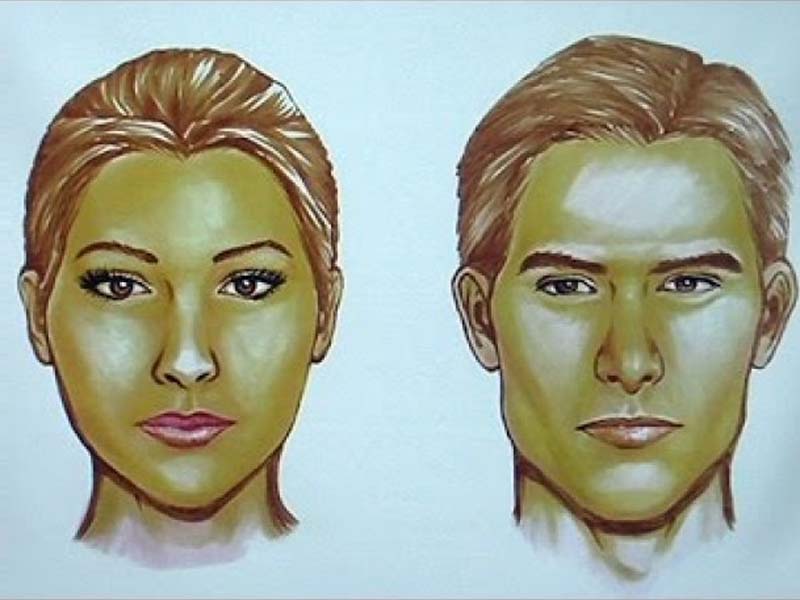Transgender people have a gender identity or gender expression that differs from the sex that they were assigned at birth. Some transgender people who desire medical assistance to transition from one sex to another identify as transsexual.
The processes from diagnosis to sex reassignment surgery depend on cultural, social and religious conditions of each country. In Iran after initial suspicion by a psychiatrist, medical treatments are begun and if diagnosis is confirmed, the patient is referred to Iranian legal medicine organization for final diagnosis and permission letter is send to courthouse. By judiciary permission the patients can start their surgeries.
Foreign nationals have the opportunity to perform their surgeries in Iran based on confirmation diagnosis by psychiatrist in own country.
The surgeries of transmen (FTM) include mastectomy for removal of breast tissue, hysterectomy and oophorectomy, facial masculinization surgery and phalloplasty.

Mastectomy techniques include circumareolar and IMF approach. In first one the incision is around breast areola, thus scar of surgery is minimum, but its application is limited to small or moderate size breasts with good quality skin. The second technique comprises removal of breast tissue via an incision at inframammary fold. The procedure is relevant for large breasts, but lengthy scar is unavoidable.
The most challenging surgery for transmen is phalloplasty. The aim of the surgery is reconstruction of male genital organ. There are variable techniques of phalloplasty. Selection of appropriate method depends on various factors. The most important factor is decision of doing urethral diversion. In many countries standing urination is usual, thus changing the urinary stream is mandatory. But in some countries such as Iran this habit is not routine. Urinary diversion is associated with significant complication such as infection, fistula and stenosis. The incidence of the mentioned complications is so high that in many centers urinary diversion has been omitted. For decreasing the adverse sequela, selection of appropriate tissue and method has utmost importance. If patient is candidate for urinary diversion, the best option is radial forearm flap, because the flap provide well vascularized tissue for urethral reconstruction. Another method for urethropalsty based on skin graft, i.e tubularization of skin as a conduit for urine, but it is associated with high percentage of complication such as fistula and obstruction.
Usually phalloplasty is performed in 2 or 3 stages. The 1st one that is the main stage include harvesting the flap. Urinary diversion might be completed at this step or doing in another extra stage. In the 2nd stage reconstruction of glans of phallus and scrotum should be done. For glansplasty small amount of skin graft is removed from appropriate site, but scrotoplasty is done by using surrounding tissues. The height of glans may gradually decrease over time, but the final shape is acceptable. Urethroplasty should be completed before 2nd stage. Final stage is insertion of penile and testis implants.
For erection purpose a type of penile prosthesis should be inserted inside of the phalloplasty flap, except in situation that bone is transferred, too. Adverse effects of the prosthesis are extrusion and infection. Satisfactory tactile sense is very important for preventing the mentioned complications.
Testicular implants are associated with a few complications, such as extrusion or malposition.
Penile implants
Due to lack of erectile tissue, erection of phalloplasty depends on special instrument called penile implant or prosthesis. There are two main types : semirigid and inflatable.
The semiarid implants are firm all the time, but their shape could be changed manually. Their advantages are ease of use and lower cost and probably longer duration of function. The major drawback is persistent erection and pressure to flap with higher incidence of extrusion through skin of flap.
Inflatable implants are more physiologic and their erectile function based on patient demand, but they are more expensive and need more experience for insertion.
It should be mentioned that most penile implants were designed for sismen complained of impotence and they insert within corpus cavernous of normal penis, without need for fixation. In transmen due to to absence of corpus cavernous, fixation of proximal end of implant is a problem. Thus a special implant has been designed for transmen with a metallic sheet at proximal end for simple fixation to pubic bone. Also the special implants are produced in form of semirigid or inflatable.
